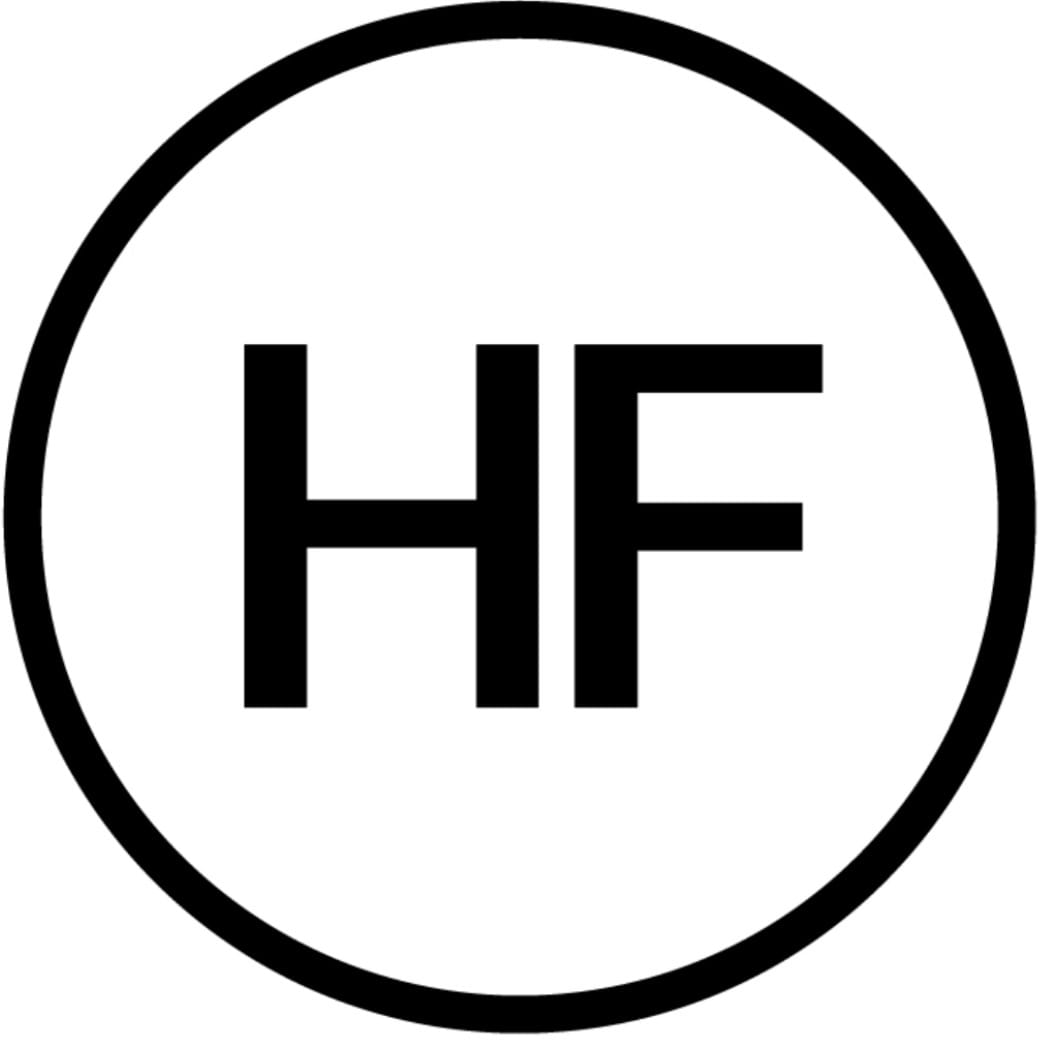With a title that references an exhalation or sound from the back of the throat as much as it does the circular nature of being, O, takes as its subject the collective archive, formed of social, political and individual histories. The centrepieces of this two-person show are a suite of four leather bound collaged, letterpress and digitally printed artist books by Tammy Nguyen, Four Ways Through A Cave (all works 2021), suspended from the ceiling at waist-height on floating platforms; and two 4m-long typewritten paper scrolls by Thad Higa, titled Murmurate and Jokes c. 2016– 202(?), both hung, hammocklike, from above. To read these works we must lean our bodies over the pages, the bright overhead lights of the gallery casting our shadows across their surfaces in a visual reminder of what each of us brings to the creation of stories.
MEGAN N. LIBERTY
Each artist’s work draws on political myths and personal narratives. Nguyen’s thick books convey her travels through the Phong Nha Cave in Vietnam, a reference perhaps to Plato’s allegory of the cave and the distinctions between perception and reason in the pursuit of knowledge. The books mimic the experience of moving through a cave: gold metal leaf suggests the sun as glimpsed from darkness, and a circular cutout shifts as the pages turn, creating a cave-shaped void within the stacked pages. According to exhibition materials, the work makes use of memories from a charismatic uncle who served in the South Vietnamese military, and incorporates sheet music for the South Vietnamese national anthem and slices from the Marvel comic series The ’Nam (1986–93), all markers of a conflict shaped by perception whose narrative has subsequently been rewritten. Weaving together the personal and the political, the discovered and the institutionalised, the books show the collective archive to be malleable and evolving, requiring participation. On the other side of the gallery, Higa’s scrolls show black-and-white abstract swirls, patches and grids, a closer look revealing text typed in columns and zigzags. Scrolls make physical reference both to the circular nature of history and to our bodies, particularly when, as here, they are unrolled and hung from above. Legible sections read across and vertically:‘BREATH', corrupted by repetition, time and typing errors, becomes ‘BREAK'; horizontally, we read, 'BREATH IS THE O O OBJECT’. Elsewhere the language is overtly political: ‘AMERICAISCOMMITTINGWARCRIMES’. Other works by Higa include an unfolding booklike cube titled Inhale/Point/Flex/Exhale and a collection of miniature zines containing fragments from manifestos and speeches. As with the scrolls, the spoken, embodied aspects of language are as important as the written.
To decipher Higa’s scrolls requires sounding out the words letter by letter, while Nguyen’s work presents the discovery process as moving from darkness to light. In both cases, the words and histories are abstracted, forcing us to decipher and contribute meaning, making us active participants in the creation and sharing of these circular histories.


